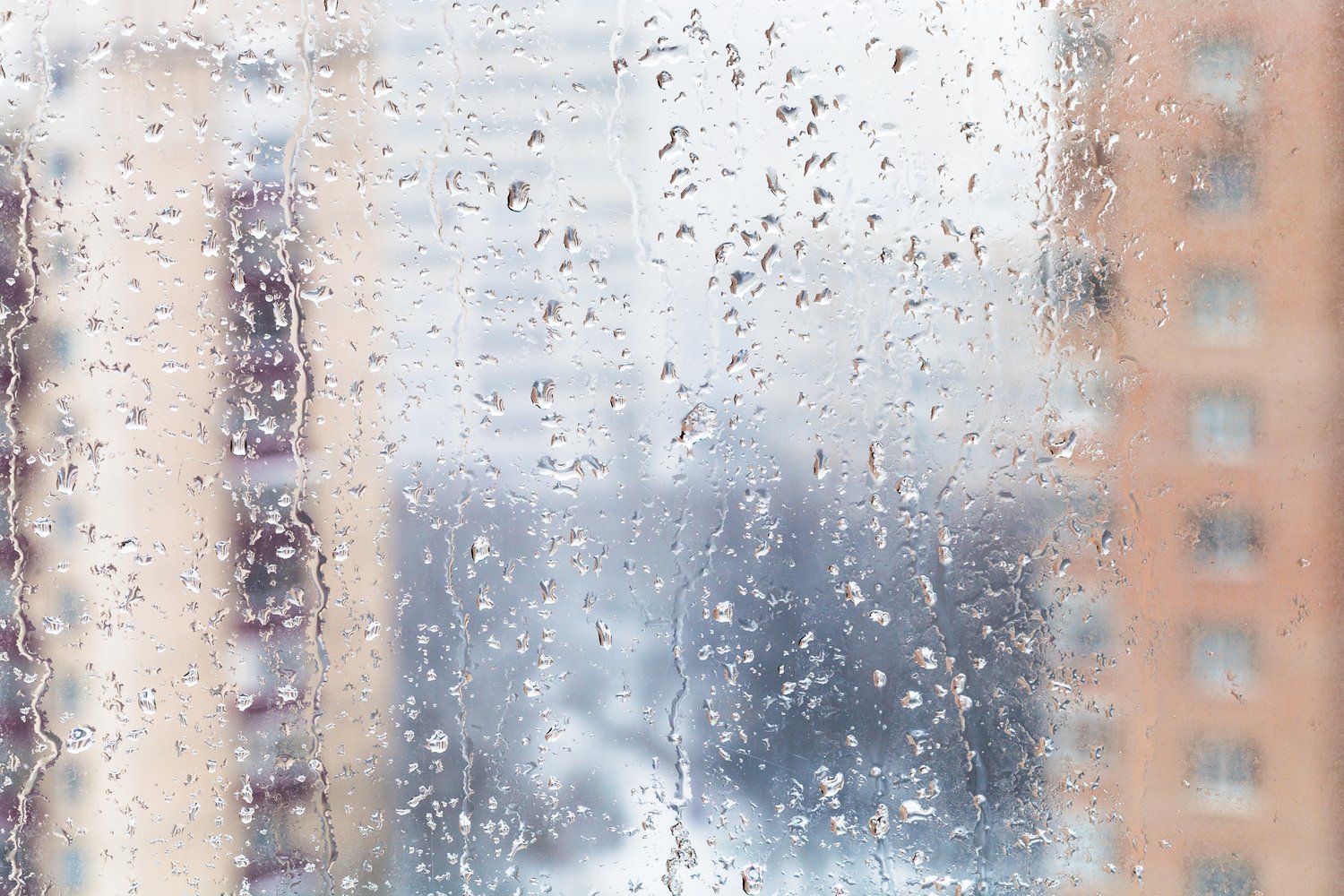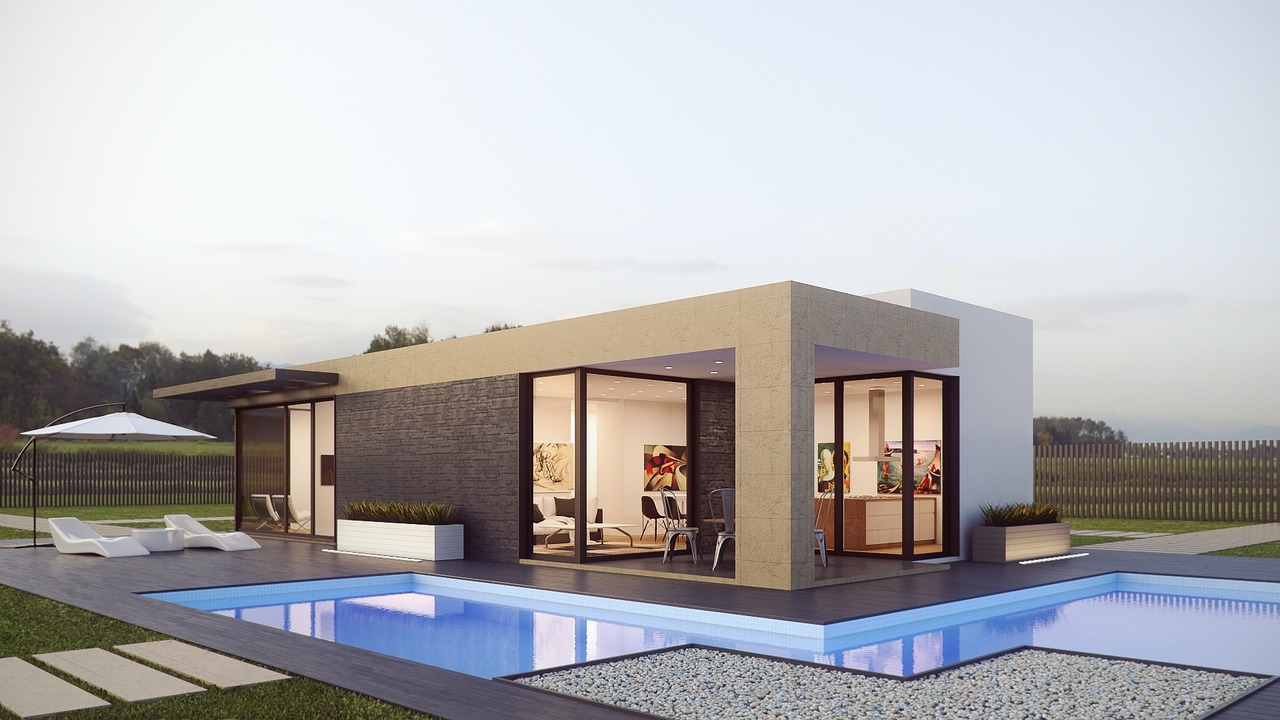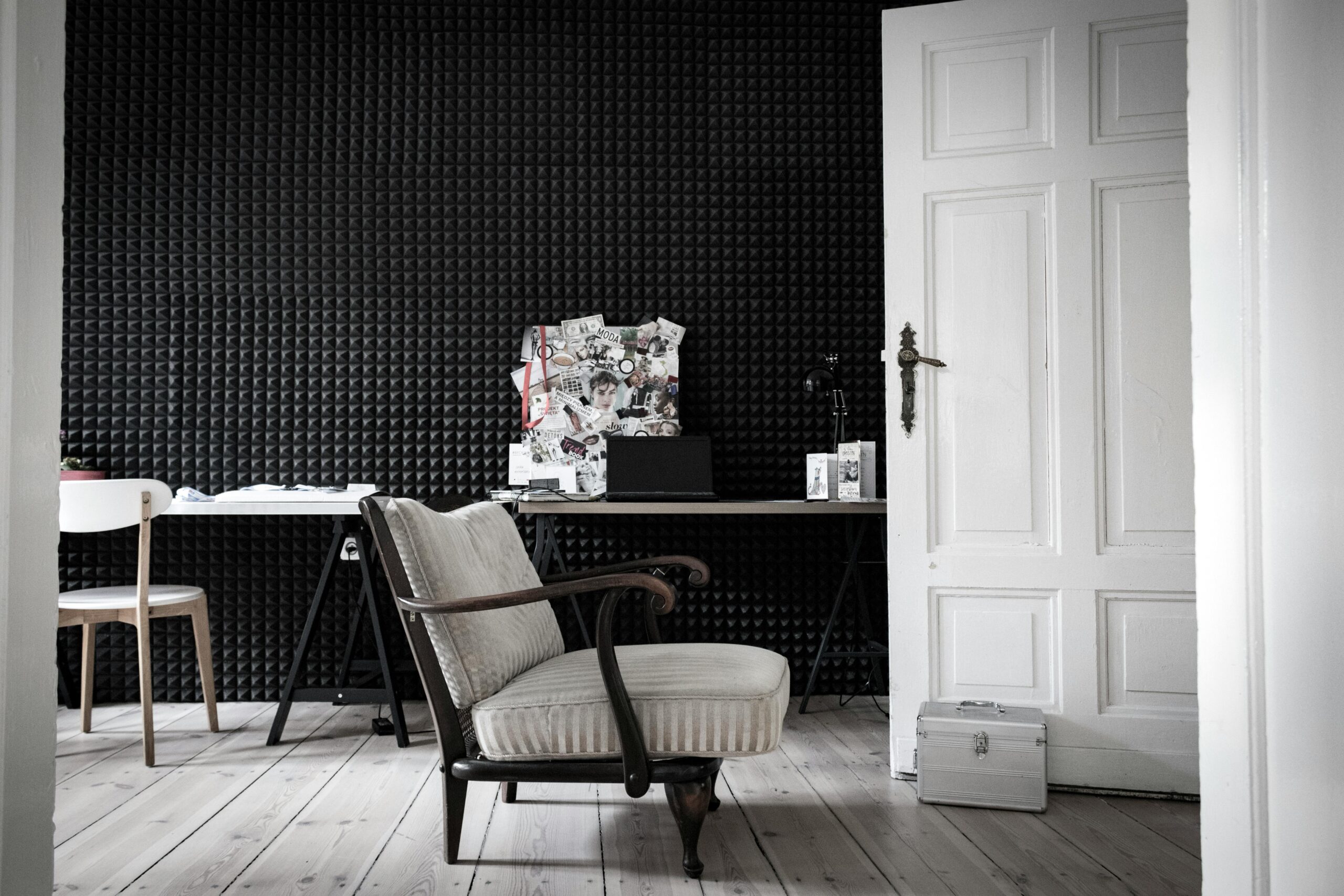When selecting windows for your home, the type of glass you choose is as important as the frame style or window design. Different types of window glass offer varying safety, security, energy efficiency, and noise reduction levels. From the strength of tempered glass windows to the enhanced protection of laminated glass security features, each option serves a specific purpose in home construction and renovation. This article explores today’s most common specialty glass options and helps you understand which might suit your particular needs.
Standard Annealed Glass
The most basic type of window glass found in homes is annealed glass. This is the traditional glass that’s cooled slowly during manufacturing to reduce internal stress. While cost-effective, standard annealed glass has significant limitations when it comes to safety. When broken, it shatters into large, dangerous shards that can cause serious injury. For this reason, building codes now restrict where annealed glass can be used in homes, particularly in areas prone to human impact, such as doors, shower enclosures, and low windows. Modern homeowners are increasingly replacing annealed glass with safety glass options that offer greater protection and peace of mind, according to industry experts at AskHomey, who connect homeowners with glass installation professionals.
Tempered Glass: The Safety Standard
Tempered glass windows represent one of the most common types of safety glass used in residential settings. Created through a preheating followed by rapid cooling, tempered glass is approximately four times stronger than regular annealed glass. This manufacturing process creates compression in the outer surfaces while leaving tension in the interior, resulting in glass that can withstand significant impact and temperature fluctuations.
The most notable safety feature of tempered glass is how it breaks. Unlike standard glass that shatters into jagged pieces, tempered glass disintegrates into small, relatively harmless pebble-like fragments when broken. This characteristic significantly reduces the risk of injury, making tempered glass windows the preferred choice for sliding doors, shower enclosures, and windows near floor level where accidental impact is more likely.
Building codes in most jurisdictions require tempered glass in specific locations, including windows adjacent to doorways, windows close to the floor, and glass panels in bathroom areas. While tempered glass offers excellent safety benefits, it cannot be cut or modified after the tempering process without shattering, meaning precise measurements must be taken before manufacturing.
Laminated Glass: Ultimate Security and Sound Control
When security and noise reduction are primary concerns, laminated glass security features make it the superior option for window glass. Laminated glass consists of two or more layers of glass bonded with one or more polyvinyl butyral (PVB) or ethylene-vinyl acetate (EVA) interlayers. This construction creates a glass sandwich that holds together when shattered, preventing the glass from breaking into separate pieces.
Initially developed for car windshields, laminated glass has become increasingly popular in residential and commercial buildings for several compelling reasons. The interlayer not only prevents the glass from breaking apart upon impact, making forced entry extremely difficult, but it also blocks up to 99% of UV radiation, protecting interiors from sun damage and fading. Additionally, the dampening effect of the interlayer provides exceptional noise reduction, making it ideal for homes in busy urban areas or near airports and highways.
The thickness of laminated glass and its interlayers can be customized to provide different levels of security. Standard residential laminated glass typically features two layers of glass with a 0.38mm interlayer. At the same time, security-rated versions may incorporate multiple glass layers with thicker interlayers for enhanced protection against break-ins or ballistic threats.
Insulated Glass Units (IGUs)
Insulated glass units offer significant energy efficiency benefits beyond basic safety glass options like tempered and laminated varieties. These units consist of two or more panes of glass (which can be tempered, laminated, or other specialty types) separated by a spacer and sealed together with a vacuum or gas fill between the layers.
The space between glass panes, typically filled with argon or krypton gas, creates an insulating barrier that significantly reduces heat transfer. This construction helps maintain interior temperatures, reducing heating and cooling costs throughout the year. Modern IGUs often incorporate Low-E (low-emissivity) coatings, thin metal layers that reflect infrared light, keeping heat inside during winter and outside during summer while allowing visible light to pass through unimpeded.
Choosing the Right Glass for Your Needs
Selecting the appropriate type of window glass depends on your specific requirements, local building codes, and budget considerations. Areas requiring enhanced safety should incorporate tempered glass windows, while locations demanding higher security and sound control benefit from laminated glass security features. Insulated glass units featuring either tempered or laminated glass provide the best performance for maximum energy efficiency.
Many homeowners now opt for hybrid solutions, such as insulated units that use tempered glass on the interior pane and laminated glass on the exterior, combining the benefits of both safety glass types while maximizing energy efficiency. This customized approach ensures your windows provide the optimal safety, security, and performance balance for your specific situation.
For more tips and to connect with reliable home service professionals, follow AskHomey on Facebook and Instagram.



